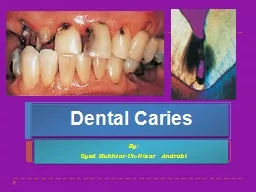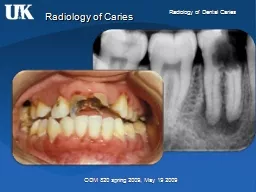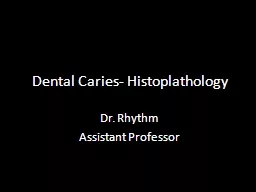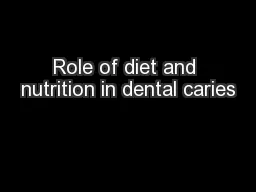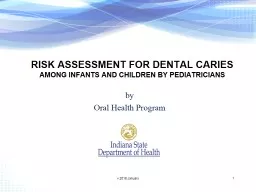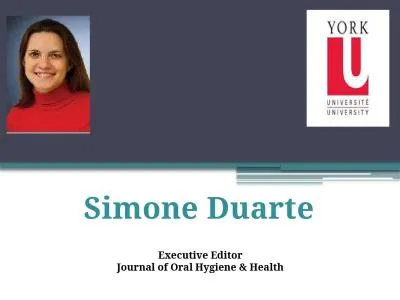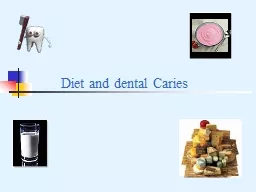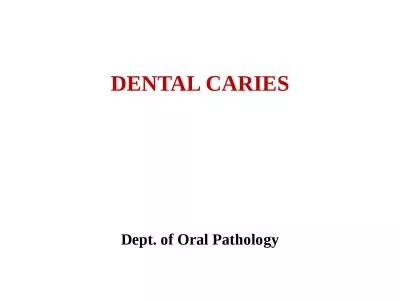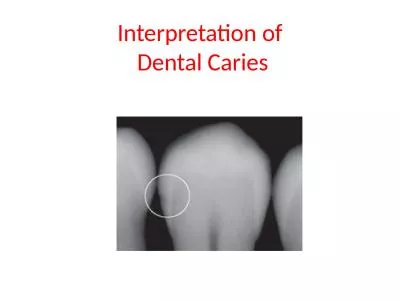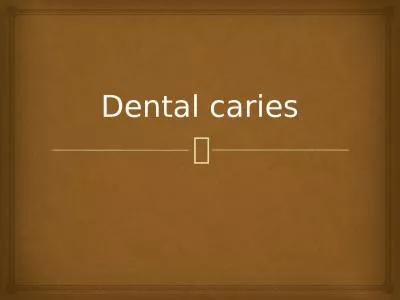PPT-Dental Caries By: Syed
Author : eleanor | Published Date : 2022-06-01
Mukhtar Un Nisar Andrabi Introduction Dental caries is an infectious microbiologic disease of teeth which involves the destruction of the mineralized tissues
Presentation Embed Code
Download Presentation
Download Presentation The PPT/PDF document "Dental Caries By: Syed" is the property of its rightful owner. Permission is granted to download and print the materials on this website for personal, non-commercial use only, and to display it on your personal computer provided you do not modify the materials and that you retain all copyright notices contained in the materials. By downloading content from our website, you accept the terms of this agreement.
Dental Caries By: Syed: Transcript
Download Rules Of Document
"Dental Caries By: Syed"The content belongs to its owner. You may download and print it for personal use, without modification, and keep all copyright notices. By downloading, you agree to these terms.
Related Documents

